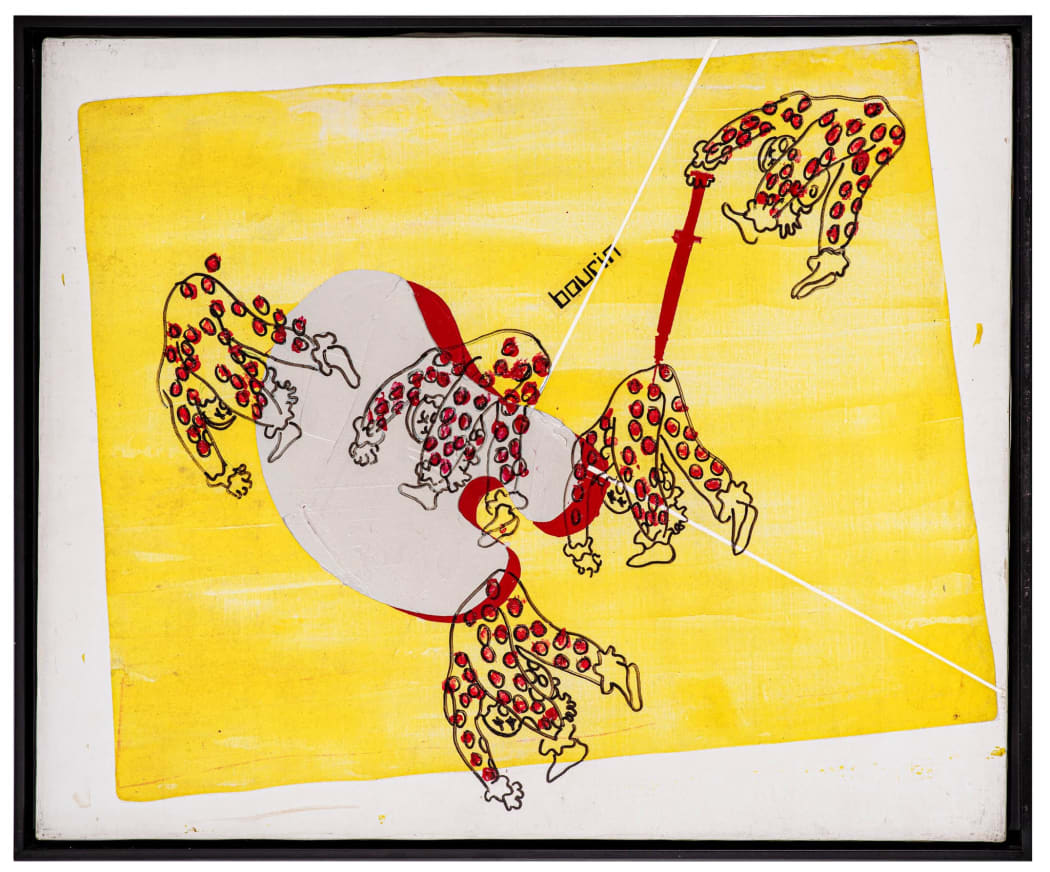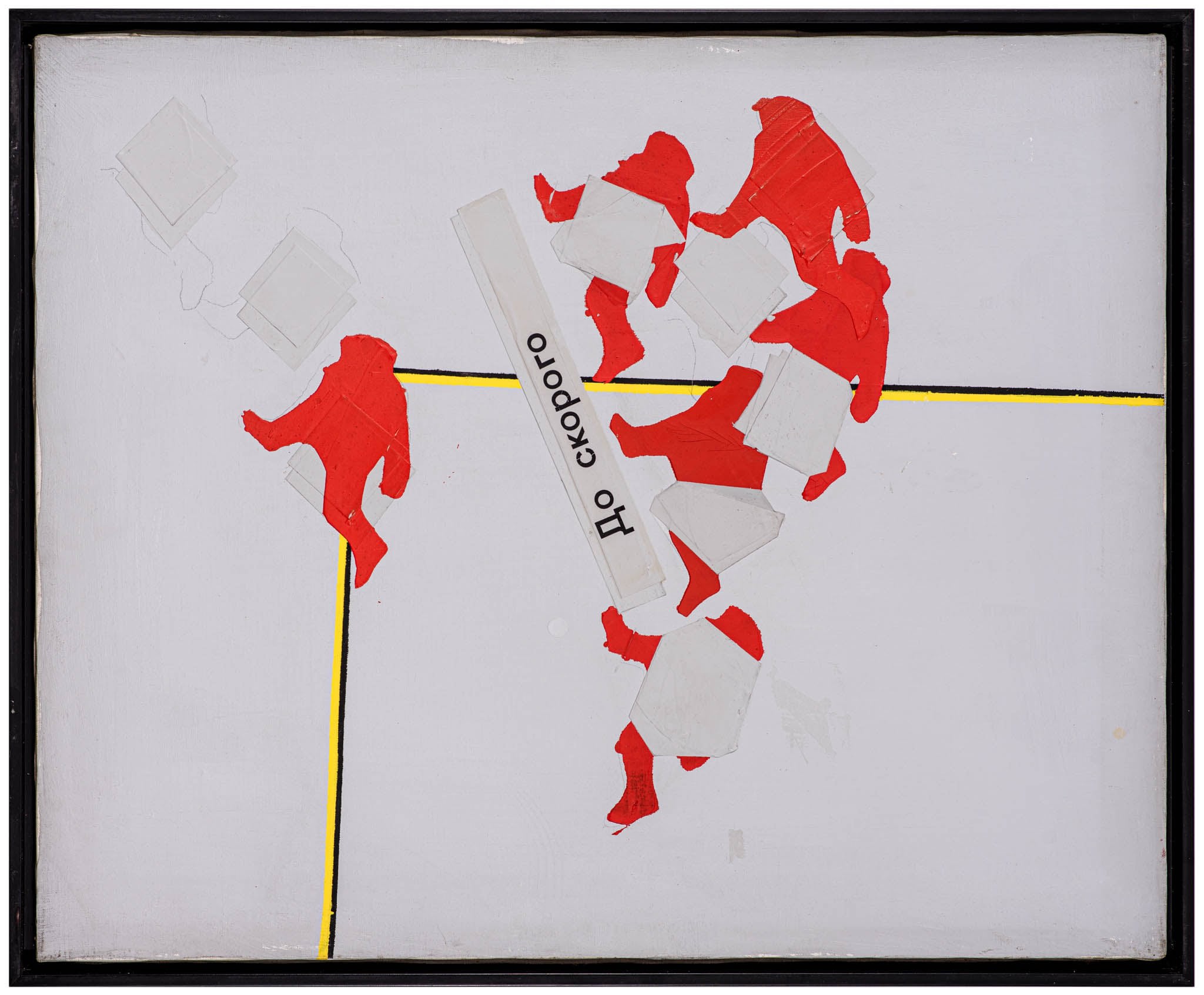

Judy Rifka - Route 66, 1980. Photo by Bryan Thatcher.

Judy Rifka - Constructivists, 1980. Photo by Bryan Thatcher.

Judy Rifka - Kawasaki, 1980. Photo by Bryan Thatcher.
by Cezara-Maria Casian


Judy Rifka - Route 66, 1980. Photo by Bryan Thatcher.

Judy Rifka - Constructivists, 1980. Photo by Bryan Thatcher.

Judy Rifka - Kawasaki, 1980. Photo by Bryan Thatcher.
by Cezara-Maria Casian
IMPRINT // Pulpo Gallery Gmbh // CEO: Katherina Zeifang, Nico Zeifang // Obermarkt 51, 82418 Murnau am Staffelsee, Germany // info@pulpogallery.com // USt-ID: DE335292669 // Trade register: Amtsgericht München, Abt. B, Nr. 260209
This website uses cookies
This site uses cookies to help make it more useful to you. Please contact us to find out more about our Cookie Policy.
* denotes required fields
We will process the personal data you have supplied to communicate with you in accordance with our Privacy Policy. You can unsubscribe or change your preferences at any time by clicking the link in our emails.